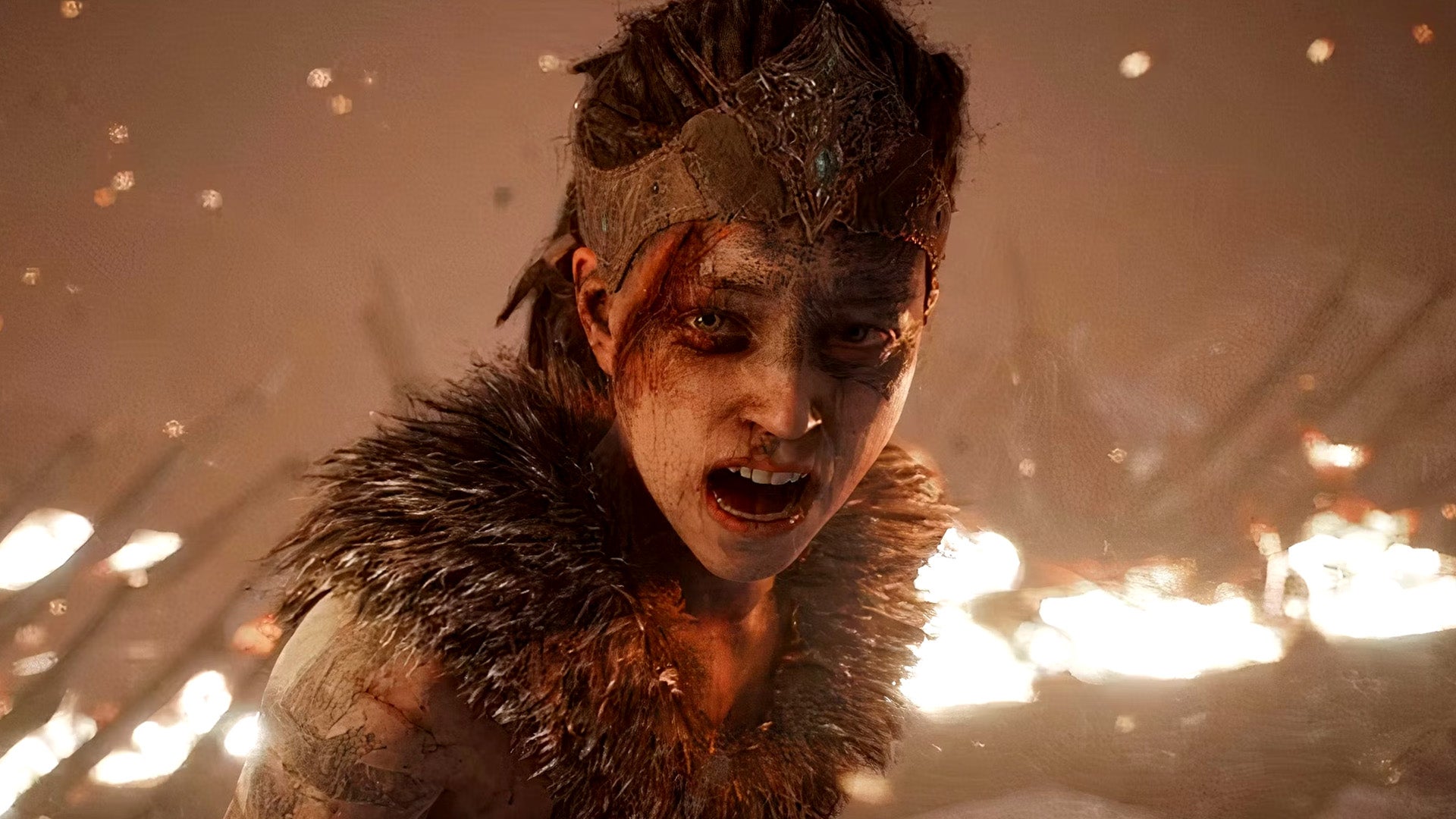Senua’s Saga: Hellblade 2 is one of the most visually stunning games of the year. Built on Epic’s Unreal Engine 5, the game takes place in an incredibly detailed and strikingly lit world, featuring outstanding character rendering. At least that’s how the game fares on Xbox Series X, so the question is how lower-specced hardware can handle this rendering juggernaut. We decided to take a look at how well Hellblade 2 runs on Xbox Series S, which has a fraction of the GPU compute of its larger sibling, followed by Valve’s Steam Deck and the Asus ROG Ally. How scalable is Hellblade 2 and can less capable hardware still deliver a good experience?
As you may expect, Hellblade 2 on Xbox Series S has a few key visual cutbacks relative to its Series X counterpart. The most obvious hit here comes down to reflections. On Series X, there’s Unreal Engine 5’s full Lumen reflections system, combining a mix of screen-space reflections and software ray tracing to accurately portray reflections of the world. It looks pretty good for the most part, although the SDF-based reflections do look a little crude, especially on foliage elements, while skinned objects are represented only in screen-space. It’s not perfect, but in general gameplay, when not examining it at point-blank range, it produces a pleasing result.
Series S instead swaps in screen-space reflections, without Lumen’s ray tracing to fall back on. You see good-looking results when the reflected detail is in screen-space, but the technique fails when you try to examine a reflection from steep angles. Water surfaces can look bereft of lighting detail, and sometimes have a somewhat matte appearance. There are also the more typical SSR occlusion issues when Senua gets between the camera and the water surface, as we don’t have a good reflection method to fall back on, producing a void in the reflection. This usually doesn’t have a big impact on the visuals, but in some water-filled spots it can produce annoying results.
Xbox Series S also features lower-resolution volumetric lighting than Series X. You’ll notice that the volumetric lighting here is less sharply defined and suffers from additional artifacting on the S. The overall impact of the lighting is much the same, but lighting detail on Series X is obviously more detailed and cleaner, holding up better in motion. There are other lighting tweaks in some scenes. Hellblade 2 uses software Lumen GI plus virtual shadow maps, so differences in their resolution on Series S should yield slightly different results. Usually the outcomes are very similar at a glance, but flashing back-and-forth does reveal some subtle tweaks, and occasionally we do find faults in the VSMs that are largely unique to Series S.
